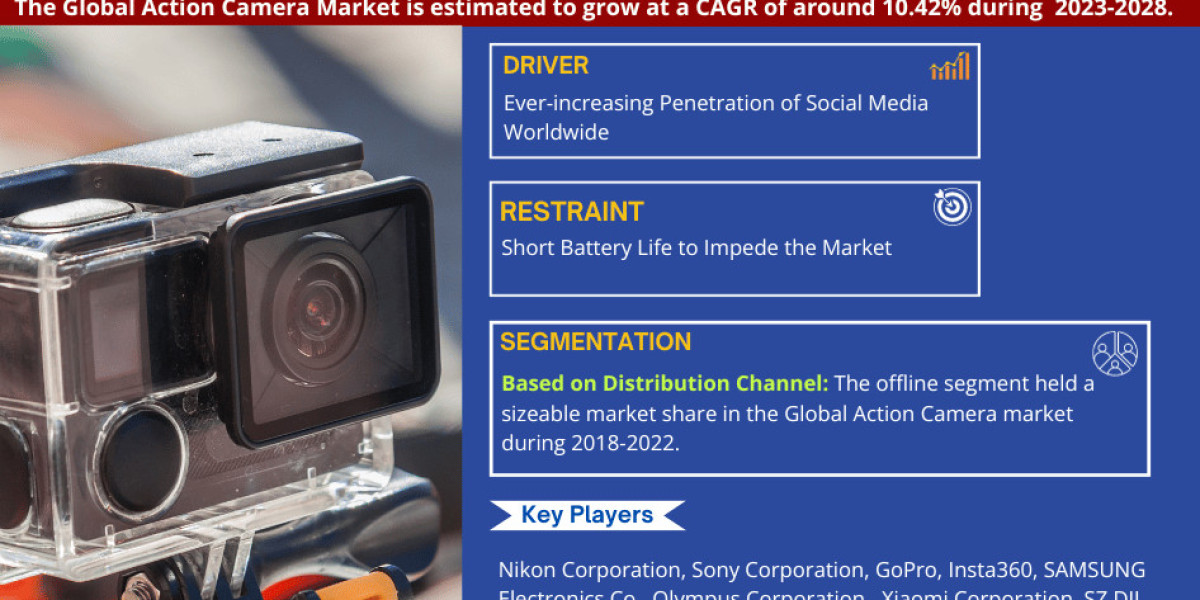In the competitive world of e-commerce, packaging does more than just protect products; it shapes customer experience and builds brand loyalty. For small businesses, effective packaging can be a powerful marketing tool that drives customer satisfaction, repeat purchases, and positive reviews. Here’s a guide to help small businesses create impactful and efficient e-commerce packaging that aligns with their brand and meets customer expectations.
1. Define Your Packaging Goals
Before choosing packaging materials or designs, clarify your packaging goals. Think about what you want your packaging to achieve beyond simple protection. Some key goals to consider include:
- Brand Representation: Your packaging should reflect your brand's personality, whether it's minimalist, luxurious, eco-friendly, or playful.
- Customer Experience: Aim to create an unboxing experience that leaves a positive impression, encouraging customers to share their experience on social media.
- Product Safety: Packaging should secure the product during transit to avoid damages and returns, ensuring customer satisfaction.
- Sustainability: Many customers now prefer eco-friendly packaging options, so consider sustainable materials to align with eco-conscious values.
2. Choose the Right Packaging Material
Choosing the right packaging material is crucial for both protection and presentation. Here are some popular options:
- Corrugated Boxes: Ideal for larger, heavier items, corrugated boxes provide sturdy protection and are widely recyclable.
- Poly Mailers: These lightweight, tear-resistant plastic envelopes are perfect for smaller, non-fragile items like clothing and accessories. Eco-friendly poly mailers made from recycled plastic are also available.
- Bubble Mailers: Bubble mailers combine the lightweight convenience of poly mailers with added padding for fragile items.
- Eco-Friendly Materials: Consider biodegradable or compostable materials, like recycled cardboard, kraft paper, or cornstarch packing peanuts, to reduce environmental impact.
3. Brand Your Packaging
Custom branding transforms basic packaging into a memorable brand experience. You don’t need a huge budget to make an impact; there are plenty of budget-friendly ways to personalize your packaging:
- Custom Boxes and Mailers: Custom-printed boxes and mailers with your logo or brand colors reinforce brand identity. This is especially effective for subscription boxes or gift-worthy products.
- Branded Stickers and Tape: If custom boxes are out of budget, use branded stickers or printed packing tape with your logo for a cost-effective alternative that still looks professional.
- Thank-You Cards and Inserts: Include a handwritten note or branded card to thank customers for their purchase. This personal touch enhances the unboxing experience and strengthens customer relationships.
4. Consider the Unboxing Experience
Unboxing has become a trend in itself, with customers sharing their experiences online. A thoughtfully designed unboxing experience not only delights customers but can also be a valuable form of organic marketing. Here’s how to elevate the unboxing experience:
- Add a Personal Touch: Small touches like branded tissue paper, custom stickers, or a handwritten thank-you note make customers feel valued and connected to your brand.
- Include Useful Extras: Throw in small, branded freebies like stickers, bookmarks, or product samples. These extras can delight customers and may even lead to additional purchases.
- Simplify Opening: Ensure packaging is easy to open. Overly complex packaging can frustrate customers, while user-friendly designs enhance the overall experience.
5. Prioritize Product Protection
While presentation is essential, product protection remains a top priority. Damaged goods lead to returns and unhappy customers, which can be costly for small businesses. Here are some ways to safeguard your products during transit:
- Bubble Wrap and Packing Peanuts: Use protective materials like bubble wrap or biodegradable packing peanuts for delicate items. Choose materials based on the fragility and weight of the product.
- Product Fit: Make sure that the product fits snugly within the packaging to prevent it from shifting and breaking. Boxes that are too large for their contents should be filled with protective material or replaced with smaller boxes.
- Double-Walled Boxes: For heavy or particularly fragile items, double-walled boxes offer extra protection and withstand the rigors of transit better than single-walled options.
6. Opt for Sustainable Packaging
Sustainability is increasingly important for customers, especially those who prioritize eco-friendly practices. Choosing sustainable packaging options can help you build a brand that resonates with these values. Here are a few sustainable practices to consider:
- Use Recycled or Recyclable Materials: Opt for boxes, paper fillers, and packaging tape made from recycled materials to reduce waste.
- Minimize Excess Packaging: Avoid unnecessary layers and plastic. Streamlined, minimalist packaging not only reduces waste but can also save on material costs.
- Offer Reusable Packaging: Reusable packaging, such as cotton bags or recyclable mailers, can provide added value to customers while supporting sustainability.
7. Optimize Packaging Size and Weight
Size and weight significantly impact shipping costs, especially for small businesses with tight budgets. Overly large or heavy packaging can add unnecessary shipping expenses. Here are some tips for efficient sizing:
- Choose Right-Sized Boxes: Select boxes that closely fit your product to avoid void spaces, minimizing both packaging costs and shipping fees.
- Consider Lightweight Options: Use lightweight protective materials like air pillows or paper cushioning instead of heavier fillers to keep shipping costs down.
- Evaluate Dimensional Weight: Carriers like UPS and FedEx calculate shipping based on dimensional weight, so using compact packaging can save on shipping fees.
8. Consider Seasonal or Limited-Edition Packaging
Seasonal packaging can enhance the appeal of your products and add a festive or exclusive touch. For example, using holiday-themed colors or designs around the holidays can make a purchase feel more special. Limited-edition packaging for a new product launch or anniversary sale creates excitement and encourages customers to make a purchase before the product sells out.
9. Comply with Shipping and Carrier Requirements
Each carrier has its own guidelines for shipping, so ensure your packaging complies with your carrier’s requirements to avoid delays, additional fees, or damaged goods. Make sure that your packages meet weight and size restrictions and consider adding “fragile” labels for delicate items. Most carriers also offer guidelines on the best types of materials to use, which can further optimize the packaging process.
10. Test Your Packaging
Before sending packages to customers, test your packaging materials to make sure they hold up in transit. Drop, shake, and simulate shipping conditions to verify that the product remains secure. Testing helps you avoid the costly process of replacing damaged products, ensuring a better experience for your customers and reducing potential return rates.
Conclusion
E-commerce packaging does more than just protect your products; it’s a vital part of your brand’s identity and customer experience. By choosing the right materials, prioritizing sustainability, and considering the unboxing experience, small businesses can create packaging that not only serves its practical purpose but also leaves a lasting impression on customers. The UPS Store offers a range of packaging and printing solutions tailored to the needs of small businesses, helping you deliver memorable and secure packages that represent your brand at every step.








